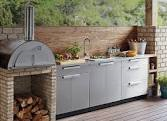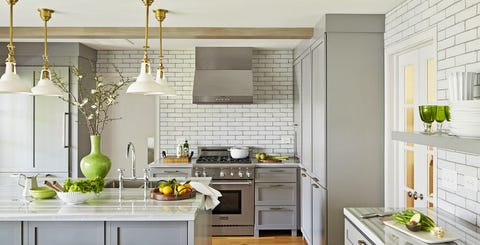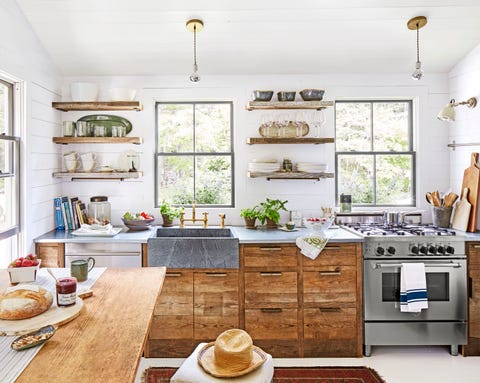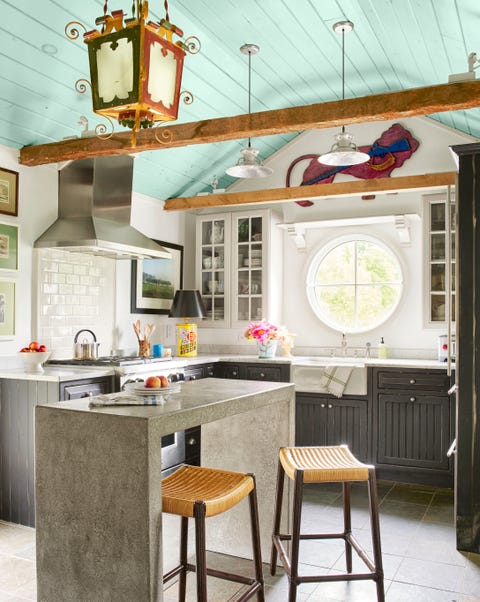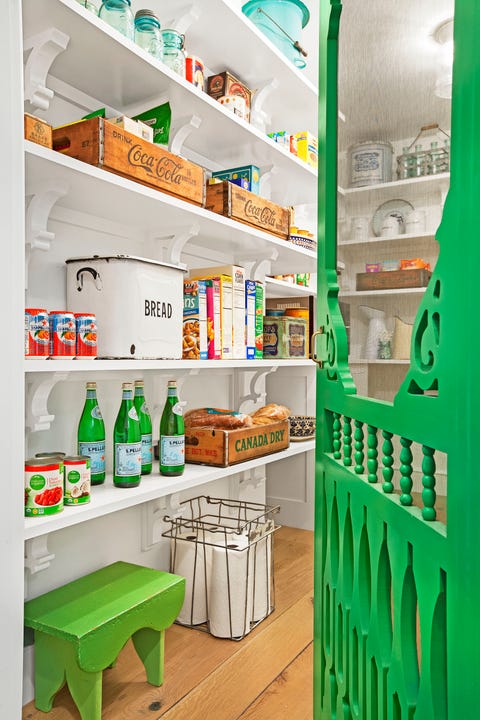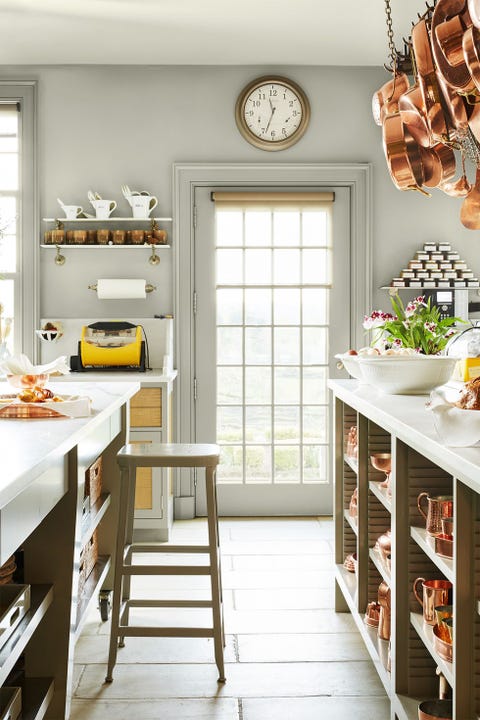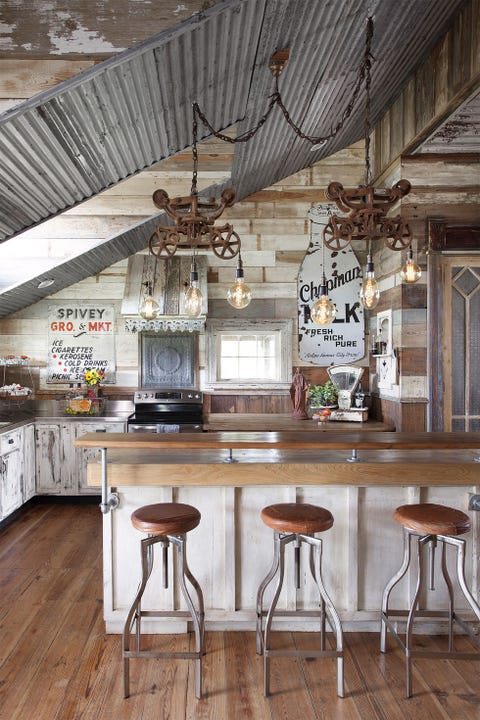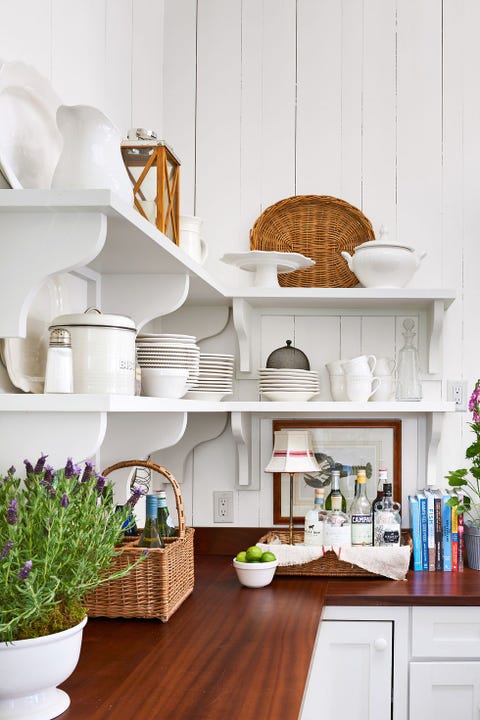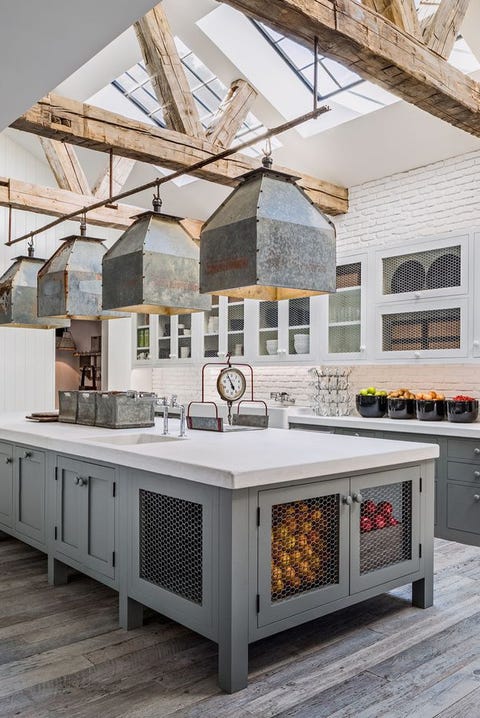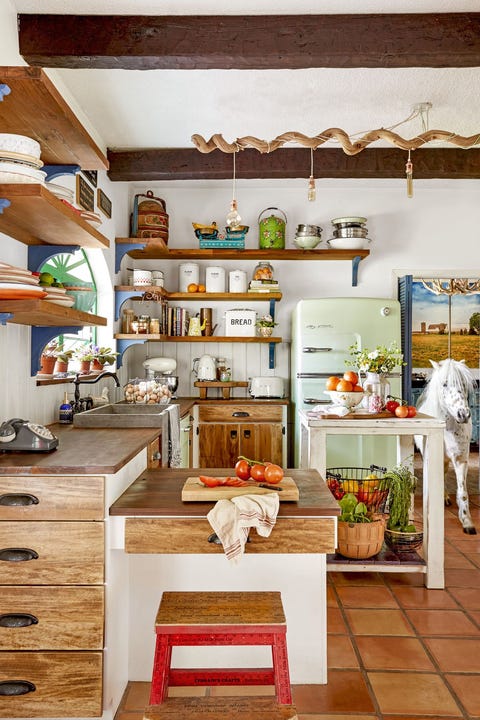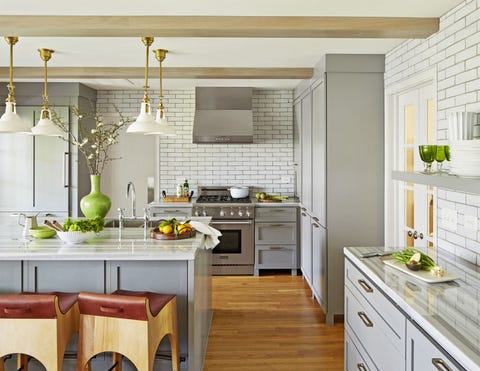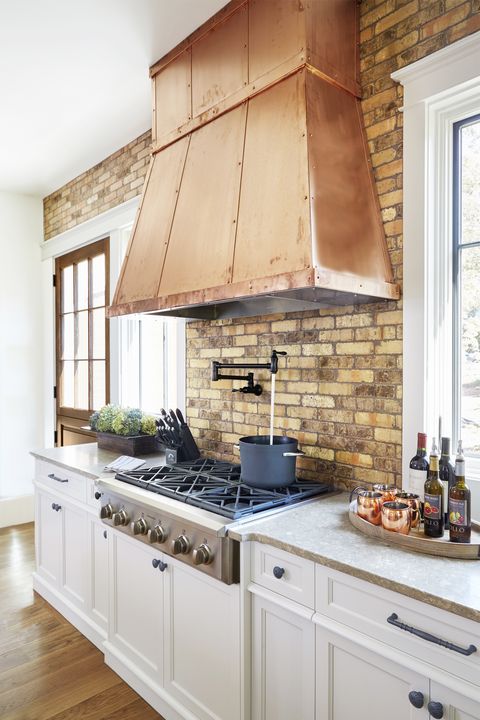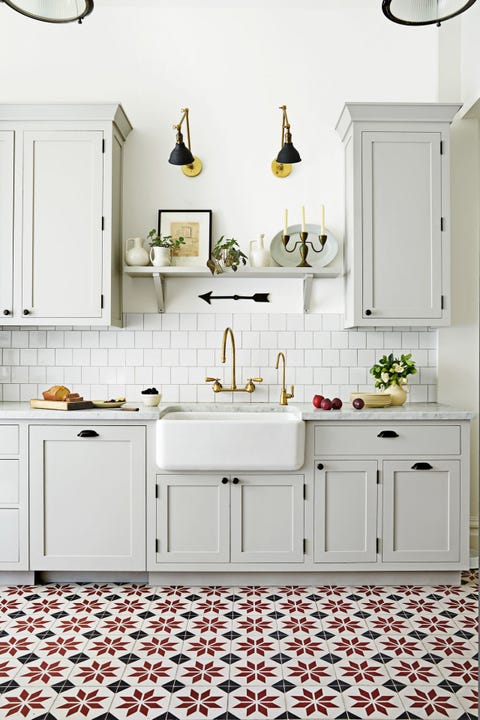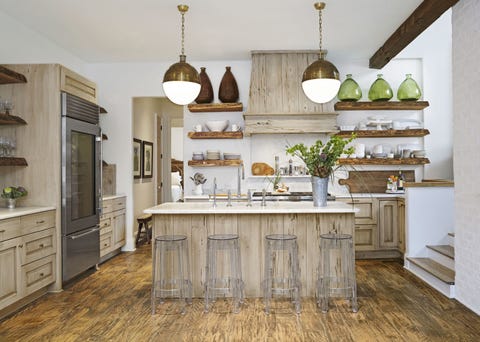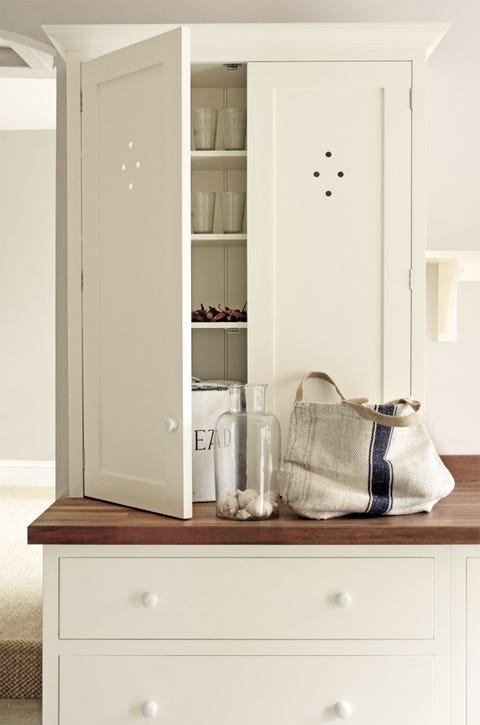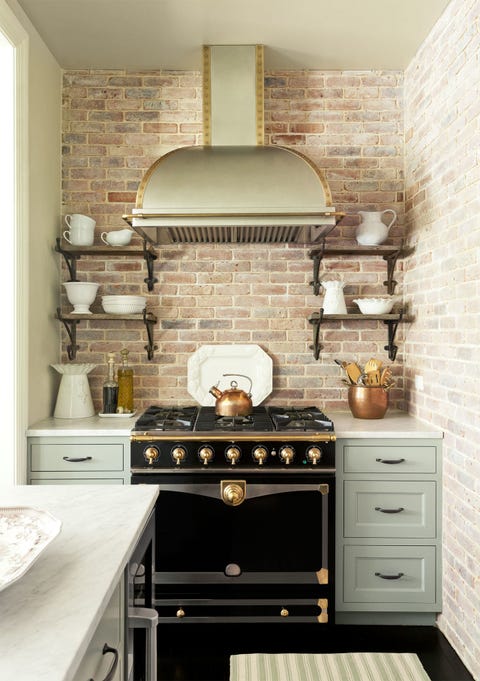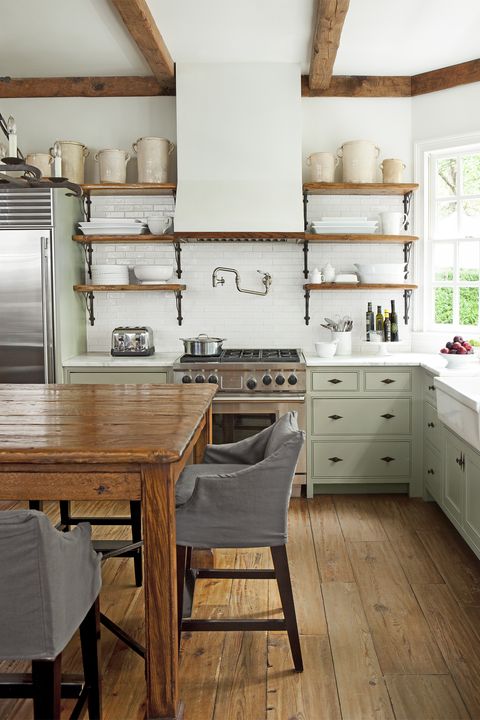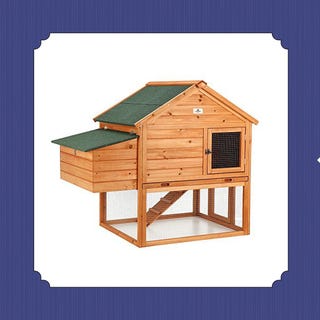
How Big Is the Gender Divide in Housing?
Find out what home features women really care about and how they differ from their male counterparts.
November 22, 2019
by Barbara Ballinger
One in five consumers buying a home today is a single woman. This cohort is the second largest group of home buyers in the country, trailing only married couples. What’s more, women now control nearly 60% of all personal wealth in the U.S., according to the National Association of Women Business Owners and the Small Business Administration. Understanding this mighty buying force and their housing preferences will help real estate professionals better serve their clientele.
Meyers Research in Costa Mesa, Calif., conducted a survey analyzing the buying preferences of 33,000 home shoppers, including both men and women with a variety of locations and price points. They found that the influence of the female buyer segment goes further than expected. Not only are women involved in buying their own homes, but they also help guide many single men who seek advice during a home search.
Following the purchase, women often take the reins in deciding what goes into the home, whether they’re buying solo or with a spouse. The interior is considered a reflection of her success and who she is, said Mollie Carmichael, principal and lead strategist with Meyers Research, who presented the survey results during a webinar on “What Women Want in Community and Houses” in October.
At the top of their wish lists, women want a supersized pantry, a tub in her bathroom, a first-floor office, and a front porch. The survey results are also helpful in understanding how female preferences compare to those of their male peers.
Among the many points Carmichael discussed in her webinar, seven are especially key to help brokers and agents work with clients to identify their ideal home.
1. Why they buy. Among women’s top motivations for purchasing a home are family, safety, price, and schools. For men, the prime factor is prestige, but they also care about fitness and family, according to the survey. Single women are more willing to commit to buying than men because they view a home as a wise investment and a way to spend their monthly living expenses wisely, especially since interest rates are low. Women also see homeownership as a way to help lock in their financial security. “They have confidence in the market now and consider it a good time to buy.” Carmichael said. “Waiting would cause a greater sense of insecurity.” Single men, however, are less willing to commit to buying since they’re more transient. They’re more likely to move for a job or relationship, Carmichael said.
2. The importance of location, size, and convenience. Overall, both women and men prefer a suburban location, though men are more willing to consider city or rural living. A male buyer is also more willing to drive longer distances to his job. Women are more likely to work from home, which is why the home office feature is important to female buyers, Carmichael said. When it comes to a home’s size, women prefer smaller—under 2,500 square feet—with more functional design. For men, a bigger home is preferred because they believe it’s more likely to guarantee a “better” lifestyle, Carmichael said.
3. What matters more: indoors versus outdoors. A female buyer loves the interior of her home—it’s one of the prime motivations for her to buy, according to the survey. She seeks a place to socialize with others and alleviate stress. And if it has a large walk-in closet, all the better. While the female buyer cares about outdoor space—and likes the idea of a front porch—it’s an area she’s willing to compromise on for greater intimacy and affordability, according to the survey. A male buyer, however, typically favors the outdoors for socializing and barbecuing. He also likes the idea of a backyard or rooftop deck, though he’s also looking for a larger garage and a media room.
4. Design influences. Countless images on sites like Pinterest and Houzz have opened home shoppers’ eyes to a variety of housing aesthetics. When it comes to favorite looks, both women and men lean toward the modern touch, according to the survey, but his modern is more modern than hers. Men also like Spanish and English Tudor, while women veer more toward casual contemporary and modern farmhouse styles. She’s more willing to consider attached housing and multilevel than he is. The interior design of a home matters greatly to both, and builders have taken note by focusing more attention on interior choices, Carmichael said. Regardless of gender, white remains the top color choice—almost twice as much as other choices. Comfort is also a big selling feature for both women and men.
5. Making changes. The ability to personalize the interior of a home so that rooms reflect the owner’s taste matters more to women than to men. Female buyers favor having utility space, an upgraded kitchen with cabinet “jewelry” and quartz countertops, a bathroom with a tub, guest space to accommodate parents or visitors, and a smart-home hub with remote access to everything from the front door and security systems to appliances. Male buyers prefer keeping costs down and making upgrades later, but when they do personalize, they want wine storage and granite countertops over quartz, the survey found.
6. The pet factor. According to the National Association of REALTORS® 2017 “Animal House: Remodeling Impact” report, 81% of potential buyers said that animal-related considerations will play a role in deciding their next living situation. But the Meyers Research survey found that women, more than men, want to have pets and treat them like family members by giving them a dedicated space in their home with a pet door, bed, and area to wash them. Women also more frequently look for homes in communities that have a dog park, Carmichael said.
7. Bells and whistles. Extra touches in a house or amenities in a community are sometimes the tipping point for a sale. Women care about having a safe place for package deliveries more than men. “This Amazon phenomenon continues to grow,” Carmichael said. Men care more about being able to work out and enjoy healthy living while also have a place to disconnect when they get home. In their community, female and male buyers seek a resort-style pool, fitness center (she likes workout classes; he prefers to exercise independently), and Wi-Fi. A nearby sports park is a preference favored by men, though both men and women say they’d like a basketball court.
Not all properties include the features cited above, but female buyers understand that they’ll have to make tradeoffs, Carmichael said. Heed the tips from this survey and you’ll help more clients find the home of their dreams.
Barbara Ballinger
Barbara Ballinger
Barbara Ballinger is a freelance writer and the author of several books on real estate, architecture, and remodeling, including The Kitchen Bible: Designing the Perfect Culinary Space (Images Publishing, 2014). Barbara’s most recent book is The Garden Bible: Designing Your Perfect Outdoor Space, co-authored with Michael Glassman (Images, 2015).
Comment



